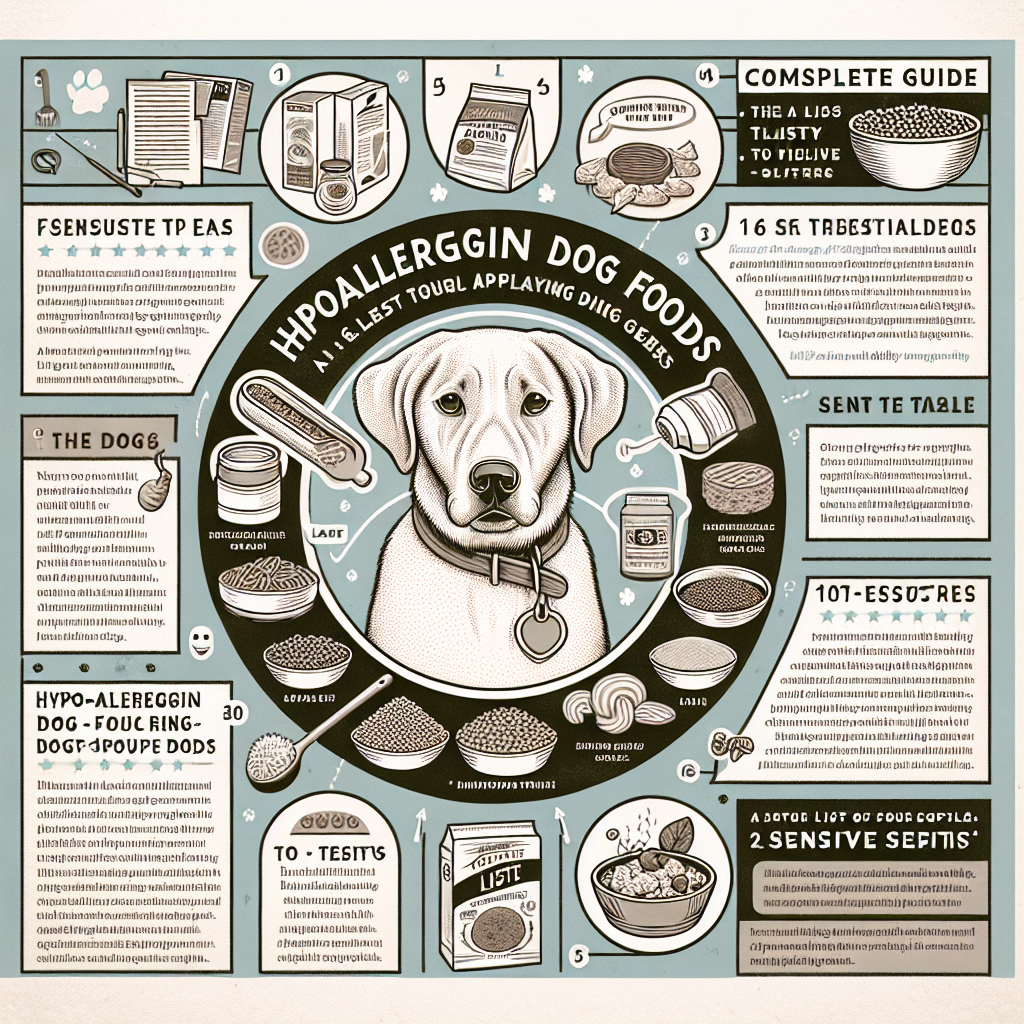
Dogs have been loyal companions to humans for thousands of years, yet understanding the complexities of their psychology and behavior remains a fascinating and ever-evolving challenge. As modern science delves deeper into the canine mind, we unveil intricate details about their emotions, cognitive capabilities, and social behaviors. This article aims to provide a comprehensive exploration of modern dog psychology and behavior, shedding light on the latest research, practical applications, and insights for enhancing our bond with these remarkable animals.
The Evolutionary Background of Canine Behavior
Origins and Domestication
To fully appreciate canine behavior, it’s essential to trace their evolutionary journey. Dogs (Canis lupus familiaris) descend from wolves and have undergone a significant transformation through domestication. This process, which began around 15,000 years ago, involved selective breeding for traits that favored cooperation with humans. Over generations, this selective breeding led to the diverse array of breeds we see today, each with unique behavioral traits.
Genetic Influences
Genetics play a crucial role in canine behavior. Studies have identified specific genes associated with traits like fearfulness, sociability, and aggression. For instance, variations in the oxytocin receptor gene (OXTR) have been linked to social behaviors in dogs, indicating how deeply interwoven genetics and behavior are. Understanding these genetic influences helps in breeding for desired traits and managing behavioral issues.
Cognitive Abilities of Dogs
Theory of Mind and Social Cognition
One of the most intriguing aspects of dog psychology is their ability to understand human intentions and emotions, a concept known as “theory of mind.” Dogs have been shown to follow human gestures, such as pointing, with remarkable accuracy. This ability suggests a high level of social cognition, enabling dogs to read human emotional cues and respond appropriately.
Problem Solving and Memory
Dogs exhibit impressive problem-solving skills and memory capabilities. Studies involving puzzle-solving tasks reveal that dogs can employ various strategies to achieve goals, demonstrating both flexibility and persistence. Furthermore, their memory allows them to retain information about people, places, and events, contributing to their ability to navigate complex social environments.
Emotional Lives of Dogs
Recognizing Canine Emotions
Dogs experience a wide range of emotions, from joy and excitement to fear and anxiety. Recognizing these emotions is crucial for effective communication and strengthening the human-canine bond. Behavioral cues such as tail wagging, ear position, and vocalizations provide valuable insights into a dog’s emotional state.
Empathy and Emotional Contagion
Research has shown that dogs are capable of empathy, the ability to share and understand the emotions of others. This is often observed in their responses to human distress, where dogs exhibit comforting behaviors. Emotional contagion, the phenomenon where one individual’s emotions trigger similar emotions in another, further highlights the deep emotional connections dogs form with their human companions.
Behavioral Traits and Influences
Breed-Specific Behaviors
Different breeds exhibit distinct behavioral traits shaped by their historical roles and selective breeding. For example, herding breeds like Border Collies are known for their high energy and strong drive to control movement, while guardian breeds like German Shepherds display protective instincts. Understanding these breed-specific behaviors is essential for meeting the physical and mental needs of individual dogs.
Environmental and Social Factors
The environment and social experiences significantly influence canine behavior. Early socialization periods, typically between 3 to 16 weeks of age, are critical for exposing puppies to various stimuli, thereby reducing the likelihood of fear-based behaviors later in life. Additionally, consistent training, positive reinforcement, and a stable environment contribute to well-adjusted and balanced dogs.
Addressing Behavioral Issues
Common Behavioral Problems
Behavioral issues like separation anxiety, aggression, and excessive barking are common challenges faced by dog owners. These issues often stem from a combination of genetic predispositions, lack of proper socialization, and environmental stressors. Identifying the root cause is the first step towards effective intervention.
Behavior Modification Techniques
Several behavior modification techniques can help address and manage behavioral problems. Positive reinforcement, where desirable behaviors are rewarded, is widely recognized as an effective approach. Techniques such as counter-conditioning and desensitization are used to gradually change a dog’s response to specific triggers. In more severe cases, consulting with a professional animal behaviorist may be necessary.
The Human-Canine Bond
Mutual Benefits of the Human-Dog Relationship
The relationship between humans and dogs is mutually beneficial. Dogs provide companionship, emotional support, and even physical health benefits by encouraging exercise and reducing stress. In return, humans offer safety, care, and social interaction, fulfilling dogs’ need for companionship and stability.
Enhancing the Bond
Strengthening the bond with a dog involves understanding their needs and communicating effectively. Regular playtime, training sessions, and quality time together foster trust and deepen the connection. Being attuned to a dog’s body language and emotional cues further enhances this bond, creating a harmonious and fulfilling relationship.
Advances in Canine Research
Neuroscience and the Canine Brain
Recent advances in neuroscience have shed light on the workings of the canine brain. Functional magnetic resonance imaging (fMRI) studies reveal how dogs process information and experience emotions. For example, research has shown that the reward center of a dog’s brain is activated in response to human faces and voices, highlighting the importance of human interaction in their lives.
Technological Innovations
Technology is playing an increasingly significant role in understanding and improving canine behavior. Wearable devices that track activity levels, heart rates, and other physiological markers provide valuable data on a dog’s health and well-being. Additionally, apps and online platforms offer resources for training, behavior tracking, and connecting with veterinary professionals.
Conclusion
Unlocking the canine mind is a journey that combines scientific discovery, practical application, and heartfelt connections. As we continue to unravel the mysteries of dog psychology and behavior, we gain invaluable insights into their emotional and cognitive worlds. By understanding and addressing their needs, we can foster a deeper, more meaningful relationship with our canine companions, enriching both our lives and theirs. Through ongoing research and compassionate care, we can ensure that dogs continue to thrive as beloved members of our families and society.
#ChatGPT assisted in the creation of this article.






